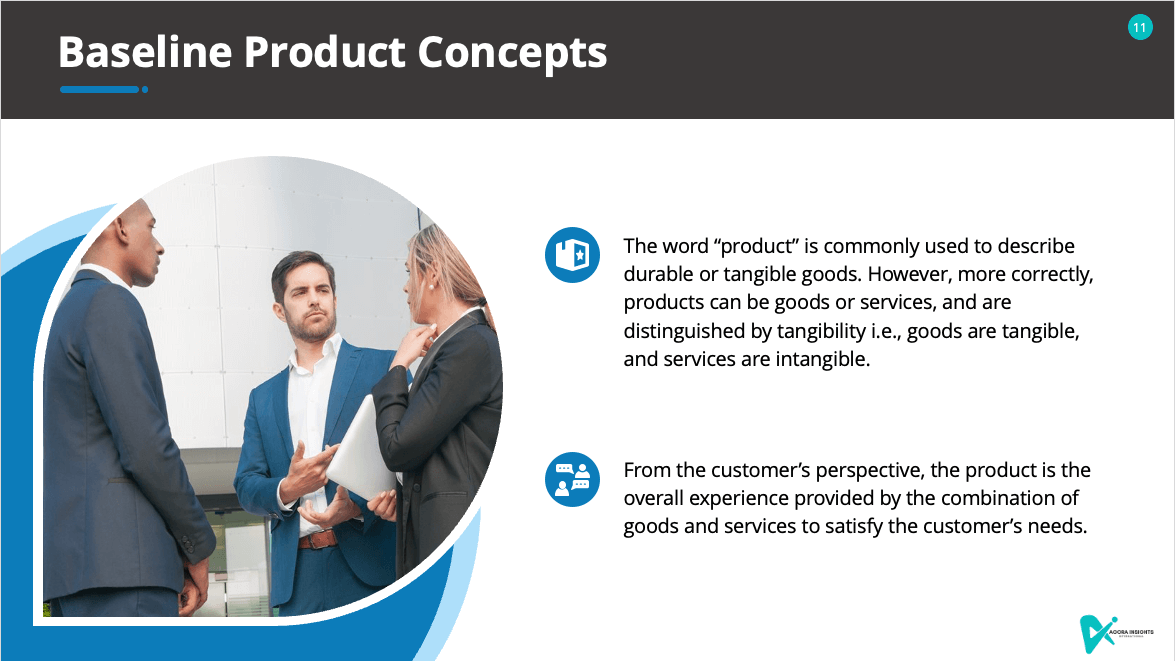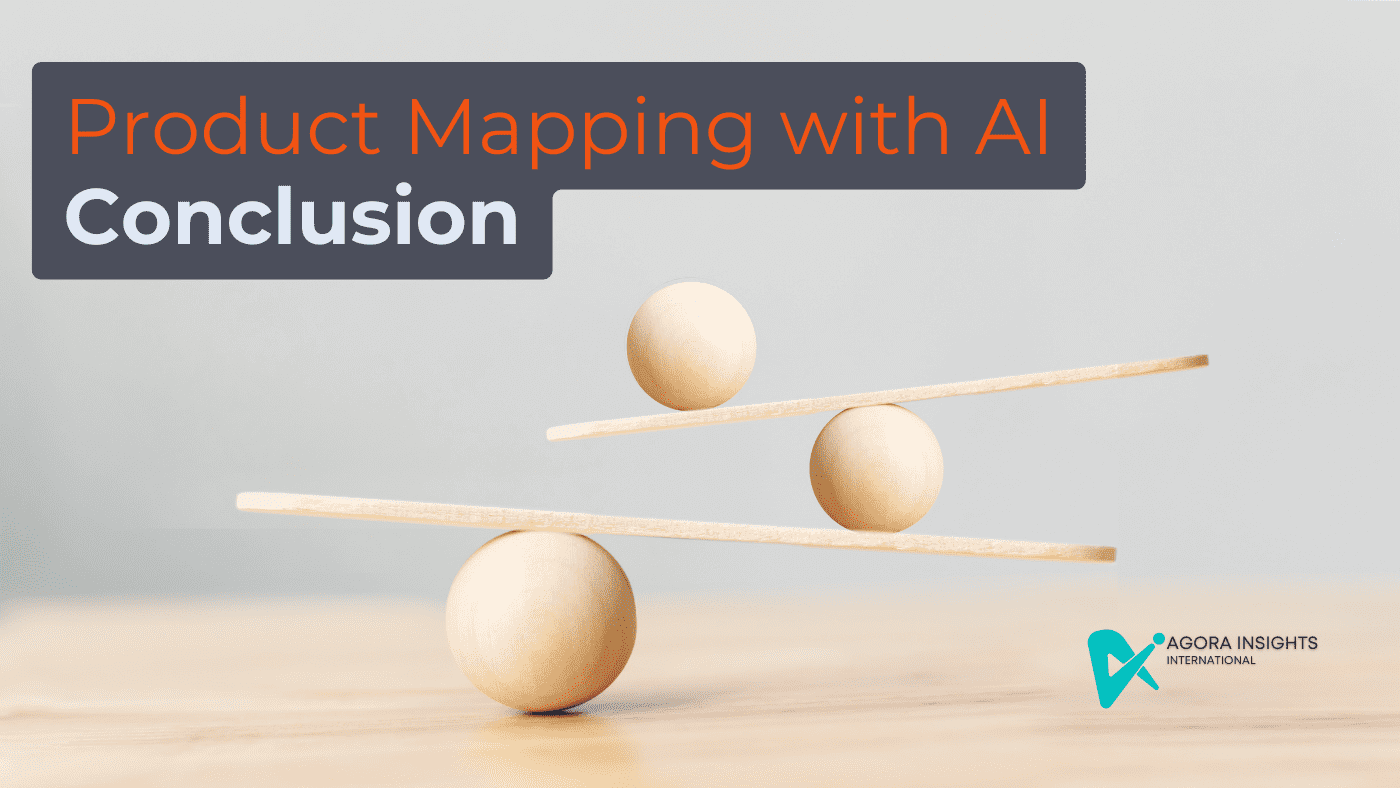Product mapping stands out as an important pillar in of business architecture as it aligns our conceptual understanding of the business with the tangible and intangible aspects of the business. Products are volatile and therefore, as organisations change, the complexity of products and how they work together becomes an important part of our Business Architecture. Today, I will share the triumphs and trials of this exercise. Lets get started...
The Value of Business Architecture Product Mapping from a Strategic Point of View

The word “product” is commonly used to describe durable or tangible goods. However, more correctly, products can be goods or services, and are distinguished by tangibility i.e., goods are tangible, and services are intangible. From the customer’s perspective, the product is the overall experience provided by the combination of goods and services to satisfy the customer’s needs.
What is Product Mapping?
Product mapping is the process of linking products or product lines to the business strategies that drive their creation, existence, or discontinuation. It essentially creates a visual representation of how business objectives and goals trickle down to tangible offerings made available to the customers.
Why is Product Mapping Important?
Key | |
Visibility into Strategy-Product Alignment | As businesses grow, the number of products or product lines can expand rapidly. Without a clear map, it's easy to lose track of why a particular product was introduced or how it aligns with the overarching business strategy. With product mapping, businesses can ensure that each product or product line aligns well with one or multiple business strategies. |
Accountability and Ownership | In many organizations, specific business units or third parties are responsible for the profitability and performance of a product. Mapping products to these business units provides clarity on ownership and accountability. It also aids in performance tracking, as the success of a product can be directly linked to the unit responsible for it. |
| Cross-Ecosystem Product Alignment | Understanding the relationship between business units, third parties, and products offers insights into how products align across the entire ecosystem. This is especially crucial for businesses that have collaborations or partnerships. An aligned product ecosystem ensures seamless customer experiences and optimizes resource allocation. |
| Enhanced Go-to-Market Planning | With clear visibility into product-strategy alignment, businesses can make informed decisions about launching new products or discontinuing existing ones. This clarity can lead to more successful product launches and efficient use of marketing resources. |
ChatGPT's Role in Product Mapping
This is experiment came with new insights, features and a simpler approach. I used ChatGPT's Code Interpreter (BETA Version), which allowed me to upload large documents compared to the standard text. This made a world of difference as now I didn't have to feed information but could rather use what I had already.
Triumphs: Product Mapping with ChatGPT4
- The best thing about ChatGPT in this experiment was definitely how well it handled multiple prompts at once. As I had conducted multiple tests, I could use some of the prompts I did prior to create a step by step set of prompts from the beginning without having to go through the tedious process of doing the steps individually in the chat.
- Another great outcome was its ability to provide a downloadable spreadsheet with far more information than the previous table I requested.
Trials: Product Mapping with ChatGPT4
- During the exercise, I saw the model drift into areas that had nothing to do with my prompts. For example, content about Azure came up when I asked it to provide an cross mapping of the capabilities to Supreme Coffee's product catalogue.
- It also changed the name of the chat to COVID-19. This was a real shocker, as the actual content had absolutely nothing to do with this.
- Structured data was a problem that kept coming up. ChatGPT was pretty good at managing lists, but tables added a layer of complexity that often led to outputs that were broken up or not connected, although the spreadsheet create proposes a real solution to this.
Conclusion

Product mapping is a crucial component of business architecture, serving as a bridge between conceptual understanding and the tangible realities of a business's offerings. This process is essential for businesses to maintain alignment between their strategic goals and product portfolios, ensuring clear visibility, accountability, and effective go-to-market strategies.
The exploration into integrating AI tools, particularly ChatGPT, into product mapping revealed both strengths and areas of improvement. While ChatGPT excelled in handling multiple prompts and streamlining the mapping process, it also faced challenges with structured data and exhaustive outputs. This underscores the importance of human oversight in utilizing AI tools. In essence, while AI offers innovative solutions and efficiencies, the intricate nuances of business architecture ultimately demand the expertise and discernment of skilled





Post a Comment